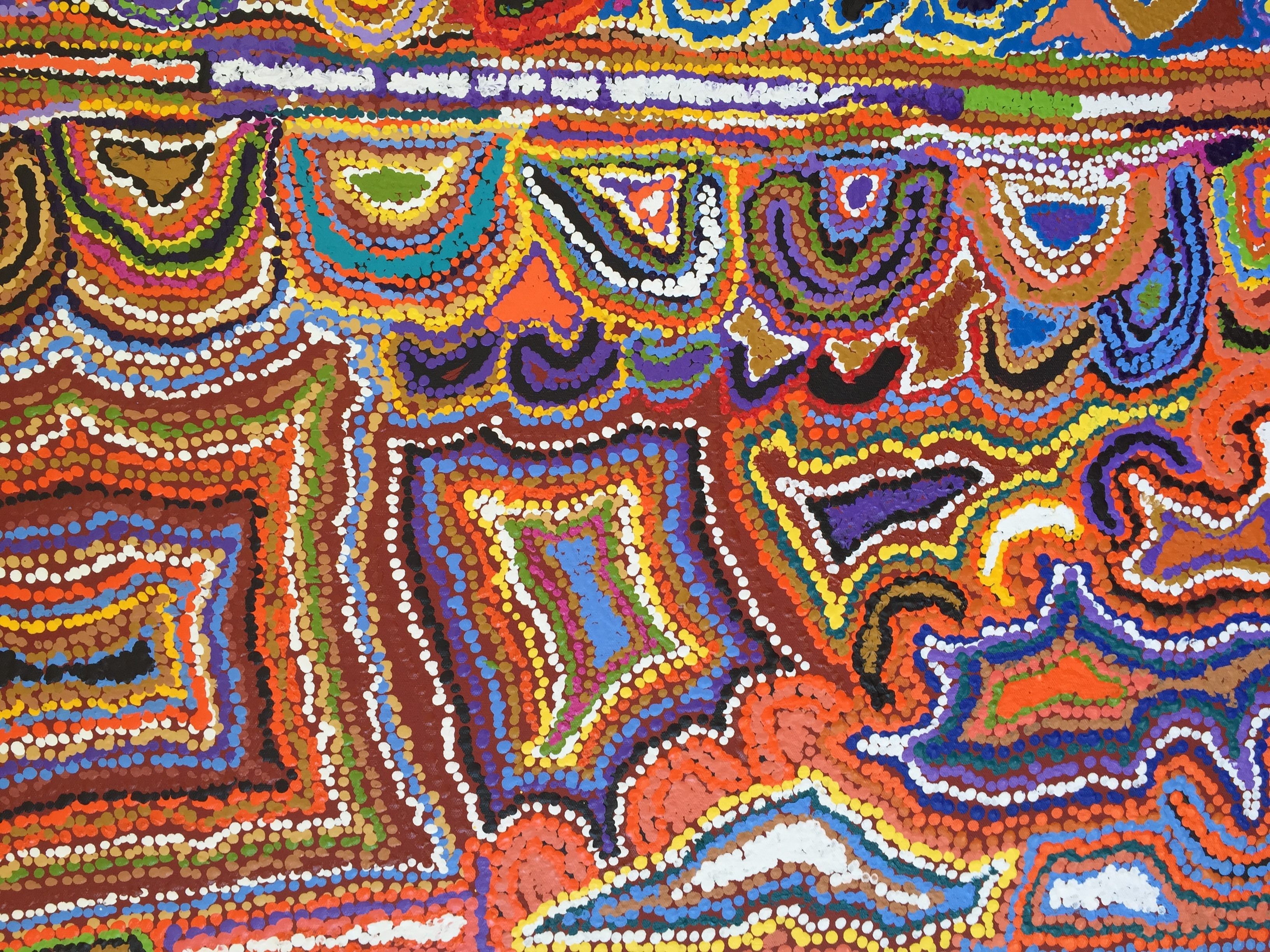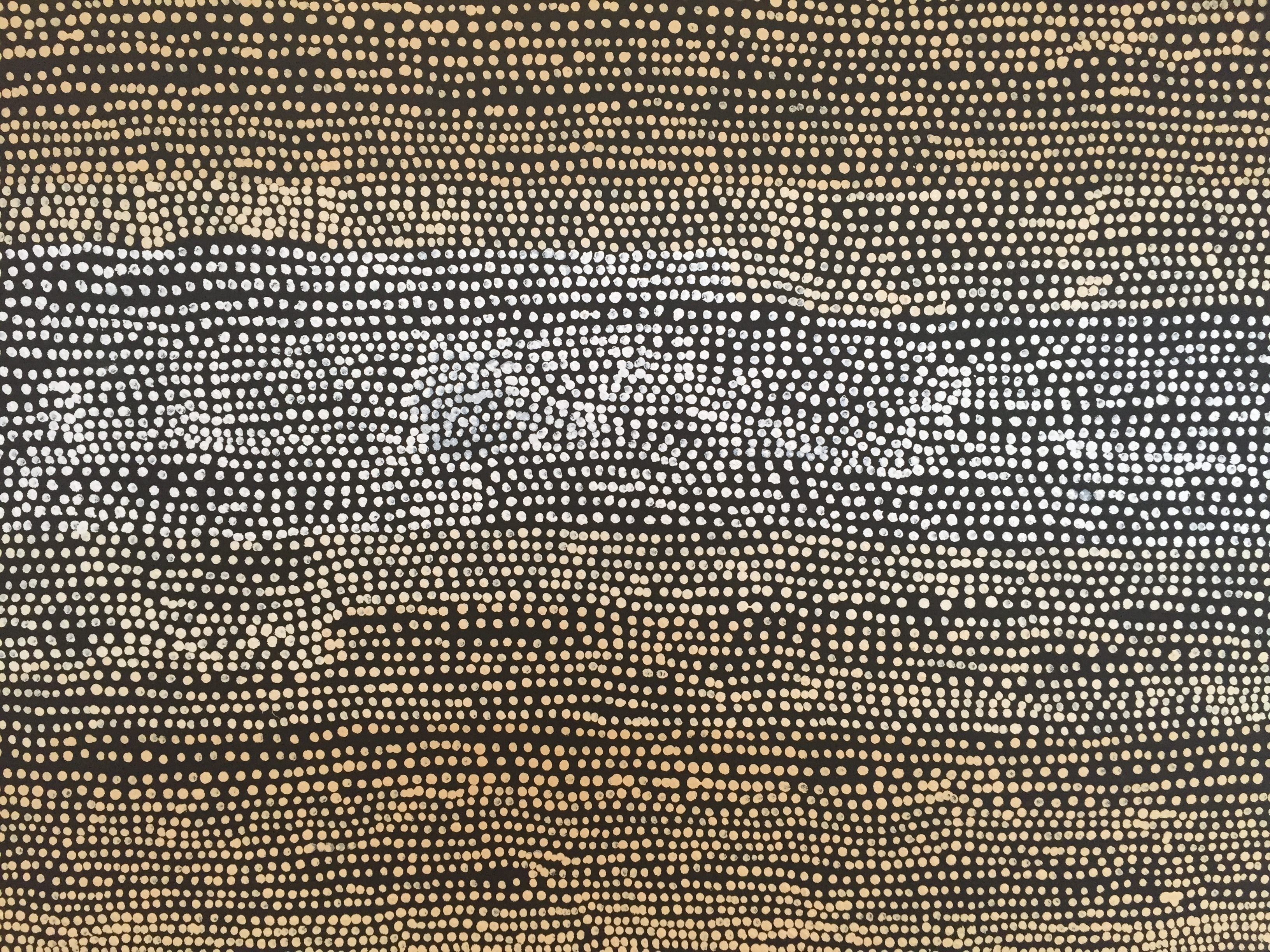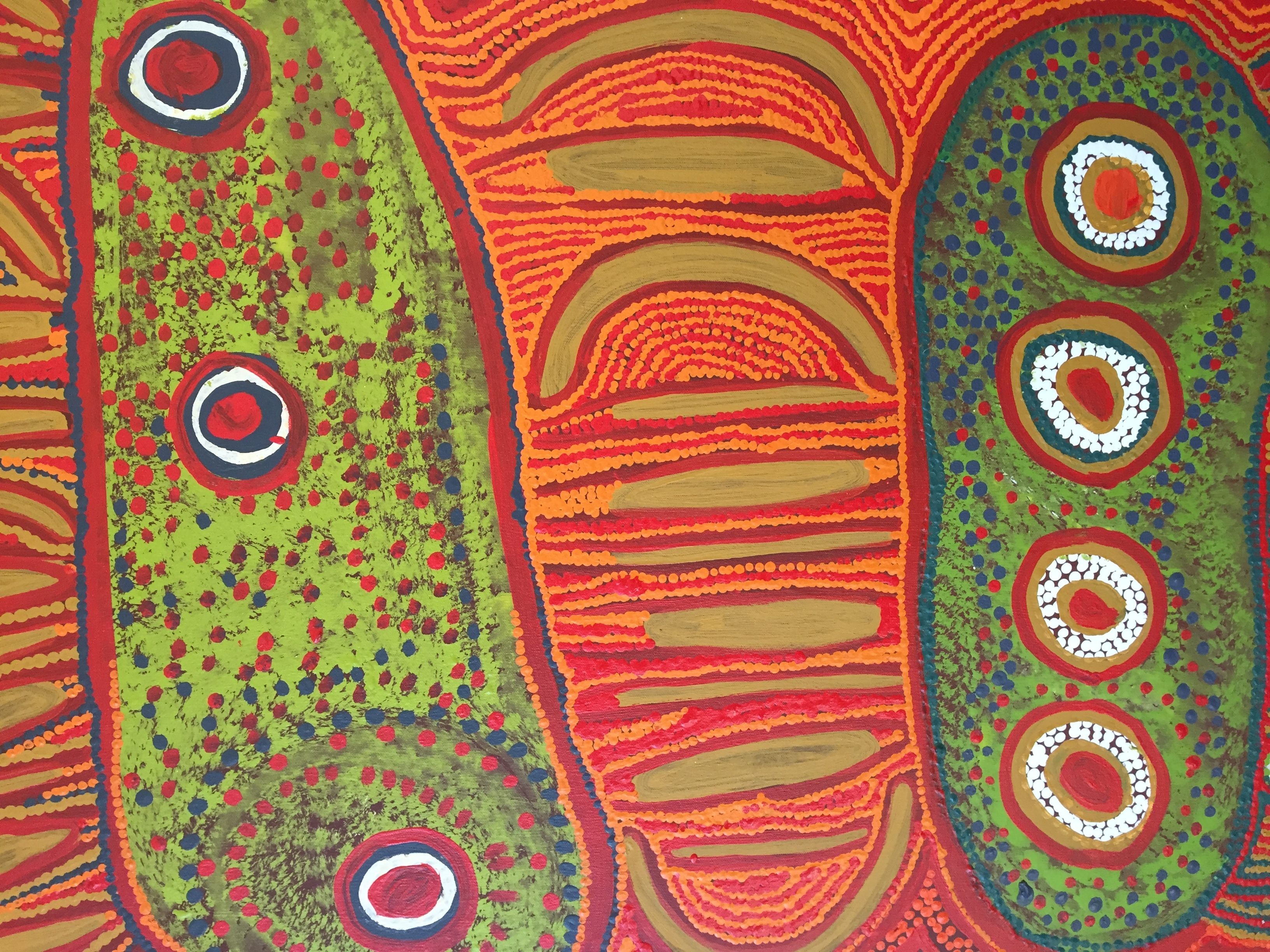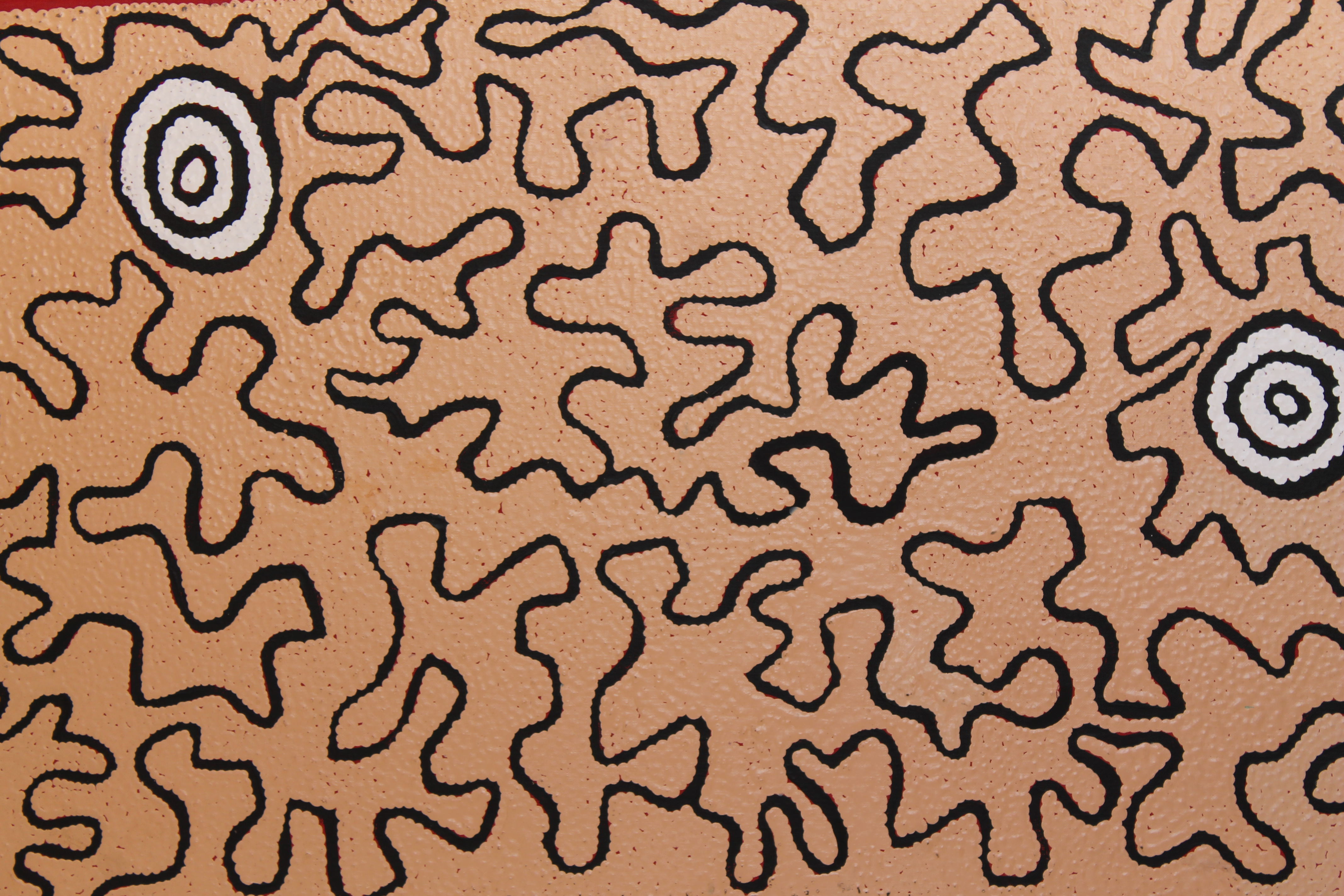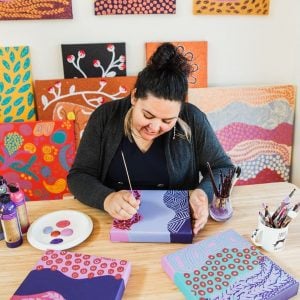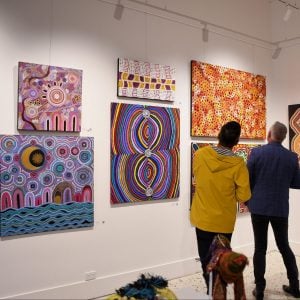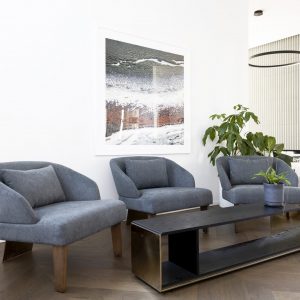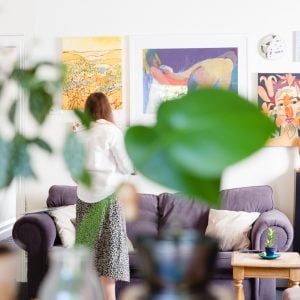5 ways to better understand Aboriginal art
Many people want to understand more about Aboriginal art. Often I get asked, “How do you know if it’s good or bad?” Or, “I just don’t understand it. What does it mean?”
Antara (Maku Dreaming) by Betty Kuntiwa Pumani
To answer both of these questions requires the same reasoning used for any piece of art. It’s impossible to sustain a hard and fast rule of what consists as good art. In an art gallery you can read a wall text and understand the artwork, or you can experience it without a constructed meaning. It’s all subjective essentially.
The following is definitely not an expert guide on Aboriginal art, but rather should be used as a generalised tool for the basics of appreciating and understanding the huge world of Indigenous Australian art.
Budgerigar Dreaming by Charmaine Napurrurla Brown
- There are no definitive rules.
A bit contradictory I know, however, the word Aboriginal is inclusive of hundreds of different highly diverse cultures that have suffered various levels of colonisation. The way to understand a ‘dot’ art painting from an art center in the Western Desert is different to a bark painting from the Top End in Arnhem land. Knowing and doing some research into the artworks culture can be your most powerful tool for understanding.
Water Dreaming by Mavis Nampitjinpa
- Art is cultural knowledge and holds power.
Aboriginal art is used as a teaching tool for younger generations and the uninitiated. From the collection of materials, which can involve days and months of preparation, to planning and expert knowledge. For an example of this cultural knowledge in each artwork, I will use the fibre work of the Kunwinjku people of West Arnhem Land. Each basket requires the collection of natural dyes (some only available during certain seasons), natural pandanus fibres, both need to be properly prepared before construction of a basket/bad commences. We cannot see it, but there is a huge amount of cultural knowledge that goes into each artwork. The process is used to teach the younger generation.
Tali Tali – Sandhills by Alice Nampitjinpa Dixon
- Painting country.
How Indigenous artists depict country can be a hard concept to conceive. Knowledge of the formal aspects of painting are often imposed on artworks to appreciate them. Without horizons and vanishing points, Aboriginal paintings tend to be likened to Abstraction and Minimalism. The meanings behind Indigenous painting go far beyond the formal aspects of the work and often consists of layers of meaning viewable only to the artists and senior law-men.
“The art means to carry on our stories, to know it belongs to my family and it belongs to my father and grandfather, so that everyone can know about us, so we can carry on, so our kids can carry on forever, even when we’re gone… The art is about who you belong to, about what country you belong to, it’s about the only way you can know and others will know too.” – Valerie Napaljarri Martin, a previous chairperson of the Desert Board
- It is contemporary art.
Aboriginal Australians are part of the longest surviving culture in the world, unlike the dead Incan or Roman cultures that are now only seen in museums, Aboriginal culture is consistently growing and evolving. Just as art from the Western world goes through its own distinct movements or ‘-isms’ so does Australian Aboriginal art. The iconic dot painting style, using acrylic on canvas from the Western Desert, has only been practised since the early 1970’s. Aboriginal art consistently incorporates new techniques, materials and exploration into new media in Indigenous art just like any other contemporary art. So keep your eyes open to seeing new styles and forms of Indigenous art.
Ngapa Jukurrpa (Water Dreaming ) by Kelly Anne Nungarrayi Gibson
- Make sure to buy ethically.
A huge problem for Aboriginal artists is exploitation; from the early anthropologists and collectors to modern art dealers and galleries now. Buying from a market stall or on the street can be super risky and inadvisable as you can not be sure who is making the art, if they are getting a fair deal and in what conditions the artwork was painted.
To assure the artwork’s artist has not been taken advantage of, research the gallery/dealer you are buying from. Use http://www.indigenousartcode.org/ to ensure you are buying ethically sound artwork.
Mina Mina Dreaming by Jeanie Napangardi Lewis
For more information on Indigenous art, appreciation and buying, check out these great resources:
http://www.aboriginalartdirectory.com/
Keep up to date with the Australian and international art scene and discover new artists by signing up to our newsletter here.



